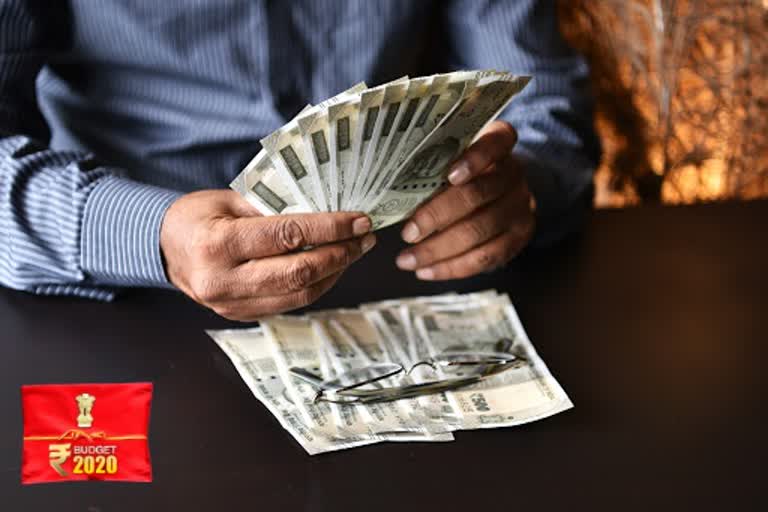Hyderabad: All eyes are on Finance Minister Nirmala Sitharaman to get the economy back to health when she presents the Budget 2020 on February 1.
Although the Budgets have previously focused on the very poor sections, farmers, unorganised labour and the lower strata, there is a clamour for some big steps to put more money in the hands of the common man.
This can be done either by slashing income tax rates, job creation, or improving liquidity conditions.
Sitharaman cut the corporate tax rate a couple of months ago. This increased the expectation of the aam aadmi who is looking forward to changes which will increase his disposable income.
We are a country with a population of 130 crore. But number of people who file income tax returns is only 5.65 crore. Therefore, everyone expects the Finance Minister to relax the personal income tax slab rates.
Currently, there is no tax for individuals with income up to Rs 5 lakh (after considering rebate). The basic exemption limit has, however, not increased from Rs 2.5 lakh to Rs 5 lakh.
According to the tax department, over 97 lakh individual taxpayers showed income between Rs 5 lakh and Rs 10 lakh and the revenue collected from these taxpayers was more than Rs. 45,000 crore. Of them, the salaried class contributes to a large part of the tax kitty.
Therefore, it expects more tax relief. If the government cuts income tax, it will give the consumers more money spend and boost demand.
Read more:Raising government spending: At what cost?
At the top of earners, the peak basic tax rate of 30% is charged on individuals having an income of Rs 10 lakh or more.
If Sitharaman can raise the income level on which peak rate is applied, it will boost the mood in the consumer market.
A suggestion of the task force on Direct Tax Code was for 30% tax for income above Rs 20 lakh and not Rs 10 lakh as at present.
A new slab of 20 % tax rate could be re-introduced for Rs 10-20 lakh income slab. There could be 10% tax for those earning between Rs 2.5 lakh to 10 lakh.
Currently, the deduction of housing loan interest (including pre-construction interest claimed in five equal instalments) for a self-occupied property is limited up to Rs 2 lakh.
Further, section 80EEA, introduced in FY 2019-20 provides additional deduction of Rs 1.5 lakh for interest payment on purchasing a house with the stamp duty value not exceeding Rs. 45 lakh. This deduction is allowed over and above the Rs. 2 lakh deduction for home loan interest.
But the real estate prices are high in many cities. Therefore, any limit on the value of the house should go. A much higher deduction could be extended to all taxpayers for their first house purchases irrespective of the cost and size of the house. This will give the much required boost to the real estate sector, freeing the buyers to make a wider choice.
Similarly, deduction under Section 80C for household savings is limited to Rs 1,50,000 per annum. The government must increase the limit because of the increased cost of living.
Expenses such as children’s tuition fees, life insurance premium and housing loan principal payments should be allowed separate deductions. There is clamour for an increase in the additional deduction of Rs 50,000 on the individual’s contribution into NPS.
There is also a demand for a re-look at long-term capital gains tax on gains arising from the transfer of listed equity shares exceeding Rs 1 lakh at 10 percent, without allowing any indexation benefit. This limit of Rs 1 Lakh is too low as many individuals are holding equity mutual fund investments for many years.
On the whole, the prices of daily use goods are at an all-time high. They should be brought down to make them affordable. There is also an expectation that goods and service tax rates on some products could be brought down to boost consumption and check the fall in demand in the economy.
(Article by Senior Journalist Shekhar Iyer. Views expressed above are his own.)
